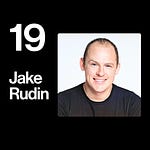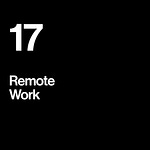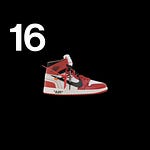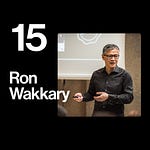Supported by:
Daylight Computer: the healthiest computer
Baked Graphics: amazing 3D video mockups
Framer: the best website builder for designers
ProtoPie: the best hi-fidelity interface prototyping tool
Martin Stellar is a coach and consultant for ethical sales and business growth, as well as a former monk, tailor, and copywriter.
Martin has lived an incredibly rich life, with many creative and introspective adventures. He draws on his experiences and years of study in psychology and business, to provide guidance for professionals and entrepreneurs.
I met Martin earlier this year as I took up his offer on a coaching call, curious to see how his experience and framework would apply to this project, Design Disciplin. He gave me food for thought on the ethics and psychology of entrepreneurship that was far more useful and wider-ranging than I expected. In this conversation, we revisit some of those ideas, find some new ones, and dig into Martin's extraordinary story. We discuss mental models that have value reaching far beyond sales and business – we arrive at frameworks we can use to align our professional and personal lives.
Books
Getting Everything You Can Out of All You've Got by Jay Abraham: https://geni.us/getting
How to Win Friends and Influence People by Dale Carnegie: https://geni.us/how-to-win-friends-dd
Mindfulness, Bliss, and Beyond by Ajahn Brahm: https://geni.us/mindfulness-bliss
Never Split the Difference by Chris Voss: https://geni.us/never-split
Pitch Anything by Oren Klaff: https://geni.us/pitch-anything
Spent by Geoffrey Miller: https://geni.us/spent-dd
The Ten Faces of Innovation by Tom Kelley: https://geni.us/ten-faces
Zen Mind, Beginner's Mind by Shunryu Suzuki: https://geni.us/zen-mind-dd















Martin Stellar: Sales for Nice People